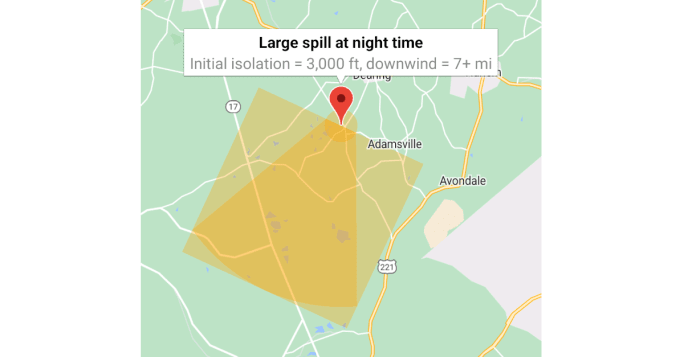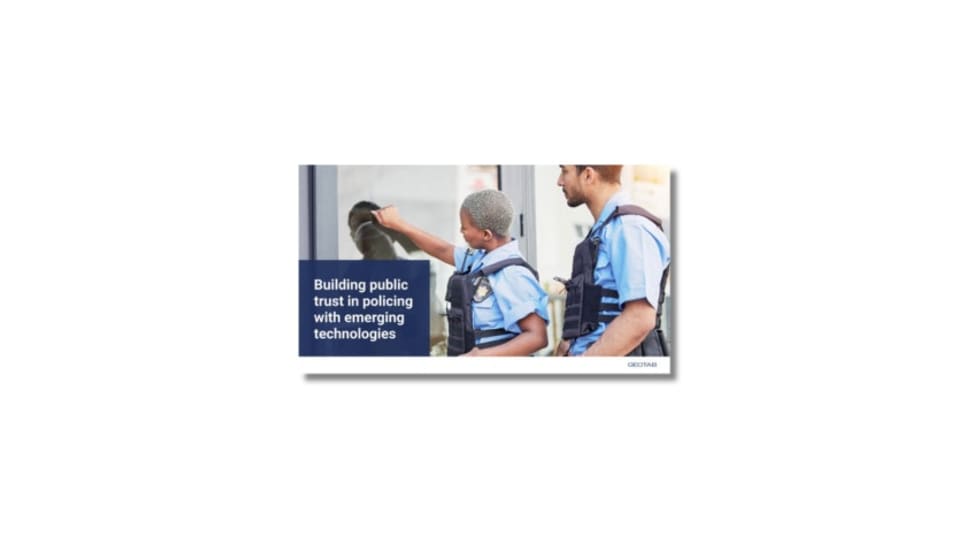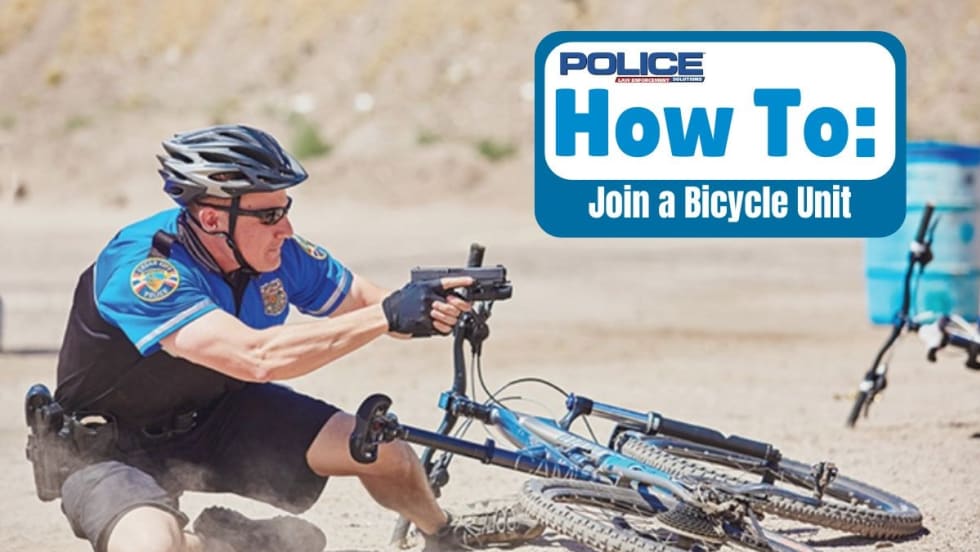At the Mississippi Delta Community College Law Enforcement Training Academy, which is accredited by the Mississippi Board on Law Enforcement Officers’ Standards and Training to offer all levels of training, hazardous materials and the dangers are taught to recruits by someone with decades of fire department experience. What he teaches in the Hazardous Materials for Law Enforcement course, can save lives.
Jim Whitfield, a retired Mississippi State Department of Health (MSDH) emergency response coordinator and current Sunflower County deputy fire coordinator, is drawing on his years of training and experiences to teach police officers. He is also a hazardous material technician, a radiation hazmat specialist, and a nationally registered EMT.
The veteran first responder is still impacted by what he learned from the teachings of Gordon Graham, a well-respected consultant and law enforcement veteran from California, in terms of “high risk, low frequency” incidents. Police officers, firefighters, or any first responders grow accustomed to the routine of their jobs and develop their respective skillsets. But there are times when they are faced with something they have never seen and only have their normal skillset to fall back on.
“When you're trying to take all of your experience and project onto that scene, that incident, and trying to make sense out of it, that is when you really need to just stop what you're doing and totally reevaluate. That's that high risk and low frequency stuff we don't do very often,” he explains. “And if we don't do it right, and get it right the first time, the risk is extremely high for everybody involved.”
Hazardous materials exist nearly everywhere humans do, he points out. They are found in every home. While household quantities are low and may seem innocuous, go look at some of the labels then magnify that to a larger scale for commercial business, transportation, and industry. Law enforcement officers will encounter hazardous materials in their routine work, he points out.













